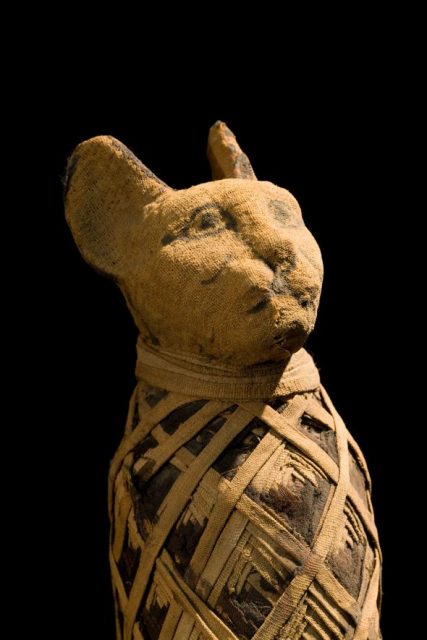MI weekly selection #187

Imaging technique gives scientists a look inside cat mummies
The atomic number imaging technique is helping researchers see inside the mummies of cats from ancient Egypt without having to remove the wrappings. Scientists hope they can use the new imaging technique to learn more about human mummies.
Chunks of land along Calif.’s San Andreas fault rising, sinking
Significant chunks, or lobes, along the San Andreas fault in California are alternately sinking and rising at the same rate and may signal a major earthquake at some point that would release that energy. Researchers used GPS data to track seismic data along the fault and used a new statistical technique to “break down the noisy signals to isolate a simple vertical motion pattern that curiously straddled the San Andreas fault,” study leader Sam Howell said.
Early binary stars’ lifetimes charted to study gravitational wave creation
Early binary stars created just after the Big Bang became black holes a few million years later and then collided 10 billion years after that, producing the gravitational waves detected by the Laser Interferometer Gravitational-Wave Observatory last year. Scientists created a model of the lifetimes of binary stars that formed when the universe was very young to see how and when the gravitational waves may have been produced.
Computer simulation shows how Pluto could have subsurface ocean
There may be an underground liquid ocean on Pluto. Scientists created computer simulations and discovered that if Pluto’s liquid ocean had frozen under its heavy shell of ice, it would have caused distinctive wrinkle-like markings on the surface, but instead, the New Horizons probe documented deep cracks, which suggest the ocean underneath is still wet.
Scientists just doubled the number of known contagious cancers
Scientists have found a contagious cancer among mussels along the coast of western Canada, one of a handful of species to have been found with a transmissible form of cancer. The finding suggests transmissible cancers are more prevalent than once thought.